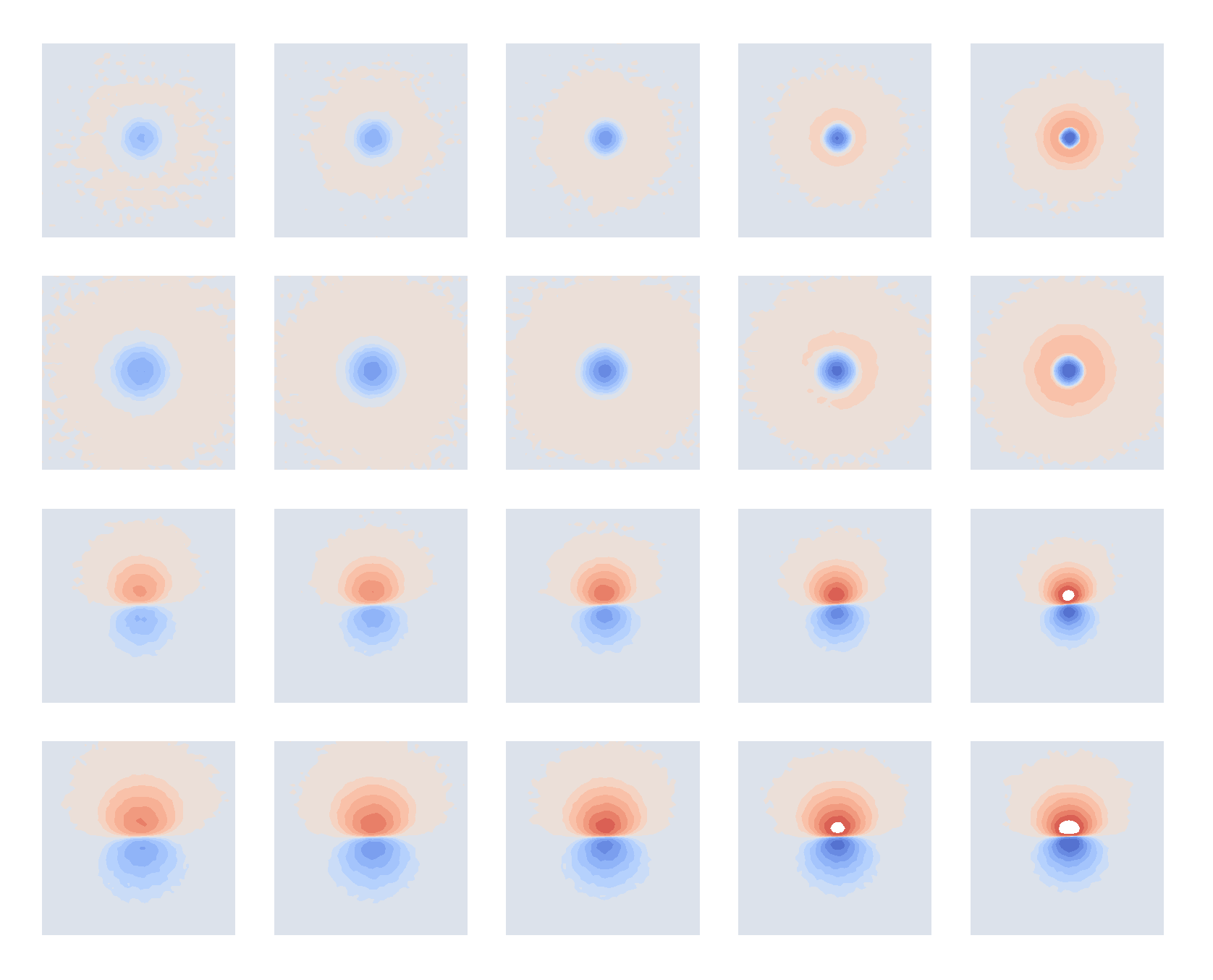If you’re getting the following error in Inkscape on (k)ubuntu when trying to open the Extension Manager:
[long traceback snipped]
ModuleNotFoundError: No module named 'appdirs'
the best way to deal with it seems to be sudo apt install python3-appdirs, as trying to install the appdirs module with pip or pip3 might not put it in the right place for the system python3 which inkscape is using, especially if you use something like conda or pyenv.
 Aaron Parecki
Aaron Parecki



 Andy Robinson
Andy Robinson